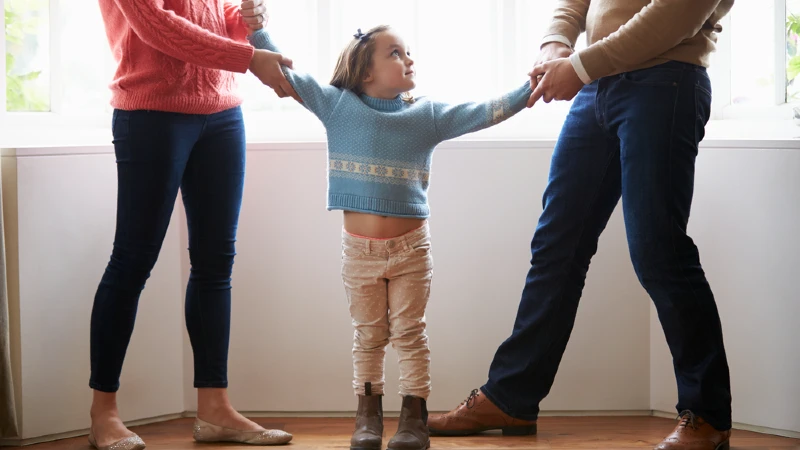Disclosure: This post may contain affiliate links, meaning we get a commission if you decide to make a purchase through our links, at no cost to you. Please read our disclosure for more info.
If you’ve got children and you’re going through a divorce then your first priority is going to be to protect them. You won’t have taken the decision to divorce lightly and in most cases the only reason the couple would consider staying together would have been for the sake of the kids but this isn’t healthy. In the long run it’s far better for children to have to go through the short term pain of watching their parents’ divorce rather than growing up watching a loveless marriage and knowing their parents are only together because of them.
In This Post:
Creating a Supportive Environment
Divorce is undoubtedly emotionally charged, but shielding your children from the fallout is crucial. Here are key strategies to ensure a supportive environment:
1. Maintain Composure in Their Presence
During this tumultuous time, emotions may run high. However, it’s essential to refrain from arguing in front of your children. Consider arranging for a babysitter and having discussions in private, perhaps at a neutral location like a restaurant, to avoid exposing them to unnecessary tension.
2. Spare Them from Adult Issues
Your children are not mediators or confidantes. Resist the urge to involve them in your disputes or use them as messengers. Shield them from the adult intricacies of your divorce, ensuring they can focus on their own emotional well-being.
3. Steer Clear of Unhealthy Competition
Divorce is not a competition, and overcompensating with gifts can create confusion. Maintain consistency in parenting styles and ensure both parents are on the same page regarding rules and boundaries. This prevents your children from becoming unwitting participants in a parenting rivalry.
Maintaining Normalcy Amidst Change
Divorce often brings significant changes, but maintaining a sense of normalcy for your children is vital. Consider the following steps:
1. Stability in Living Arrangements
Children may find themselves with two homes, but consistency in routines and rules can provide stability. Ensure that the transition between homes is as smooth as possible to minimize disruption.
2. Introducing New Relationships
When entering new relationships, take the time to establish a solid foundation before introducing your children. This allows them the necessary time to adapt to the changes without feeling overwhelmed.
Open Communication: A Healing Tool
Engaging in open and honest conversations with your children can foster a healthier coping mechanism. Here’s how:
1. Age-Appropriate Transparency
Tailor your explanations to your child’s age, ensuring they understand the situation without delving into unnecessary details. Age-appropriate transparency promotes trust and helps them process the changes.
2. Encourage Expressiveness
Create an environment where your children feel comfortable
expressing their feelings. Encourage them to share their thoughts and concerns, fostering a sense of security during this challenging period.
Disclaimer: This article is for informational purposes only and does not constitute legal advice. For legal guidance on divorce and family matters, consult with a qualified professional.
Sam works for Bennett Griffin who are notaries and experts in Family Law.

